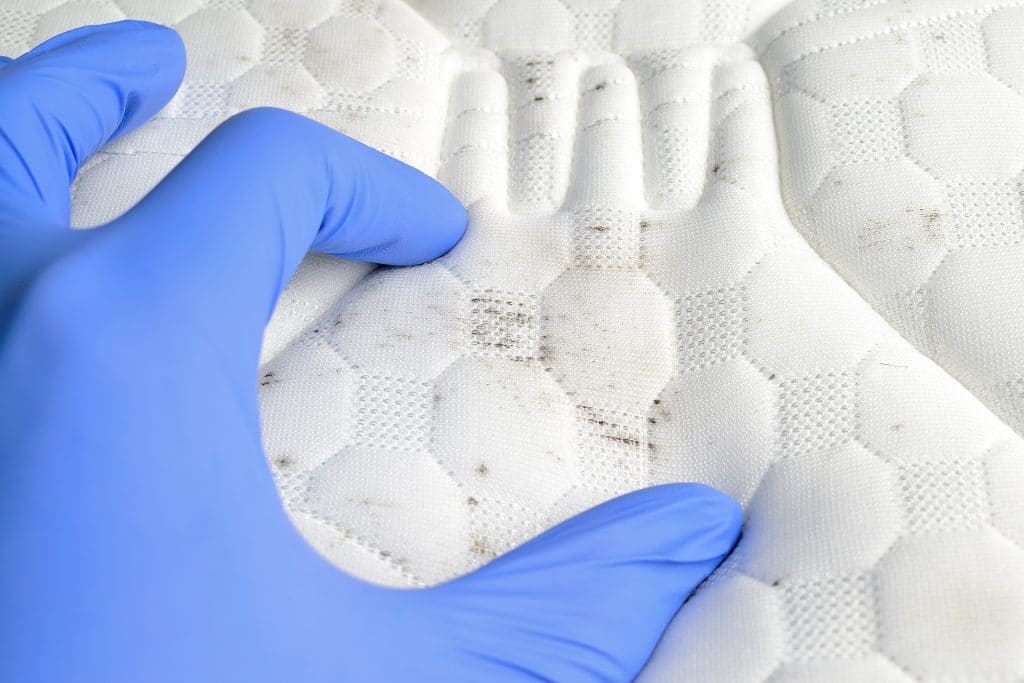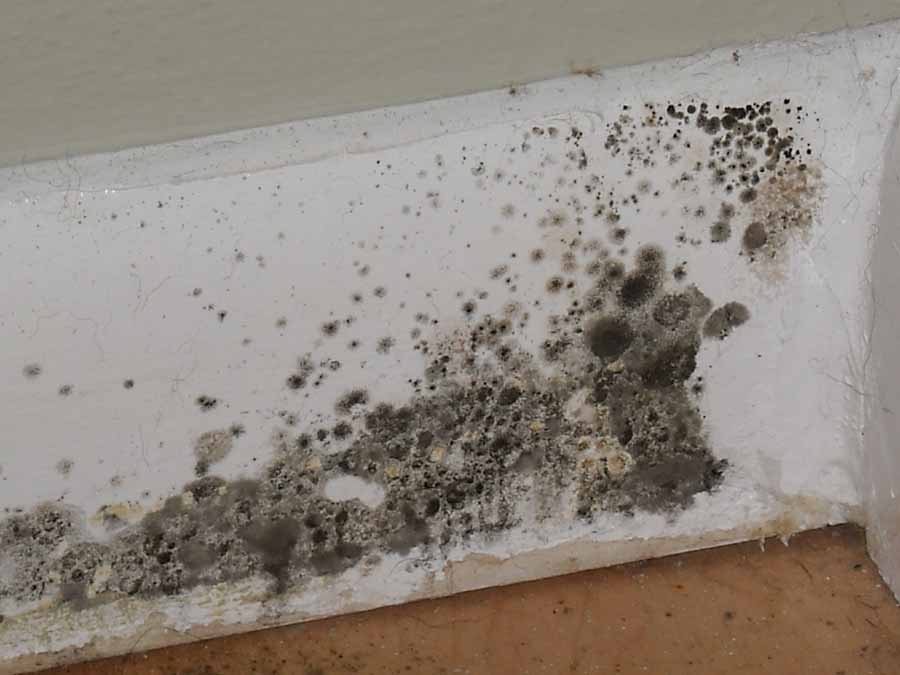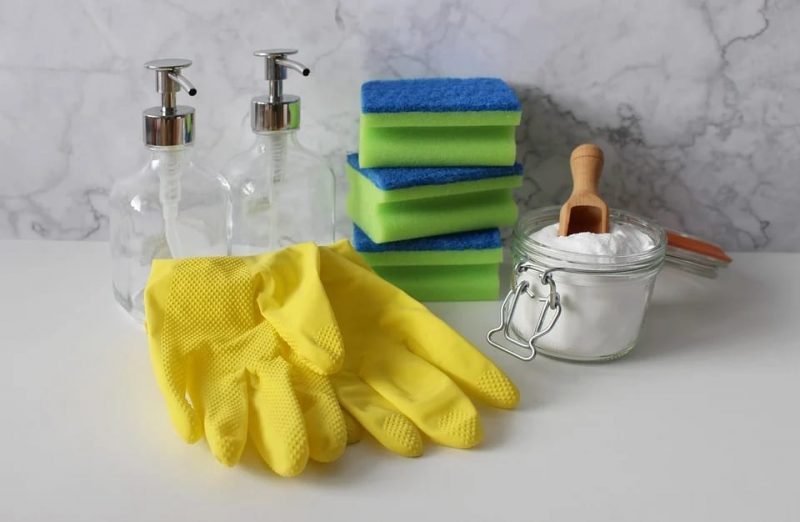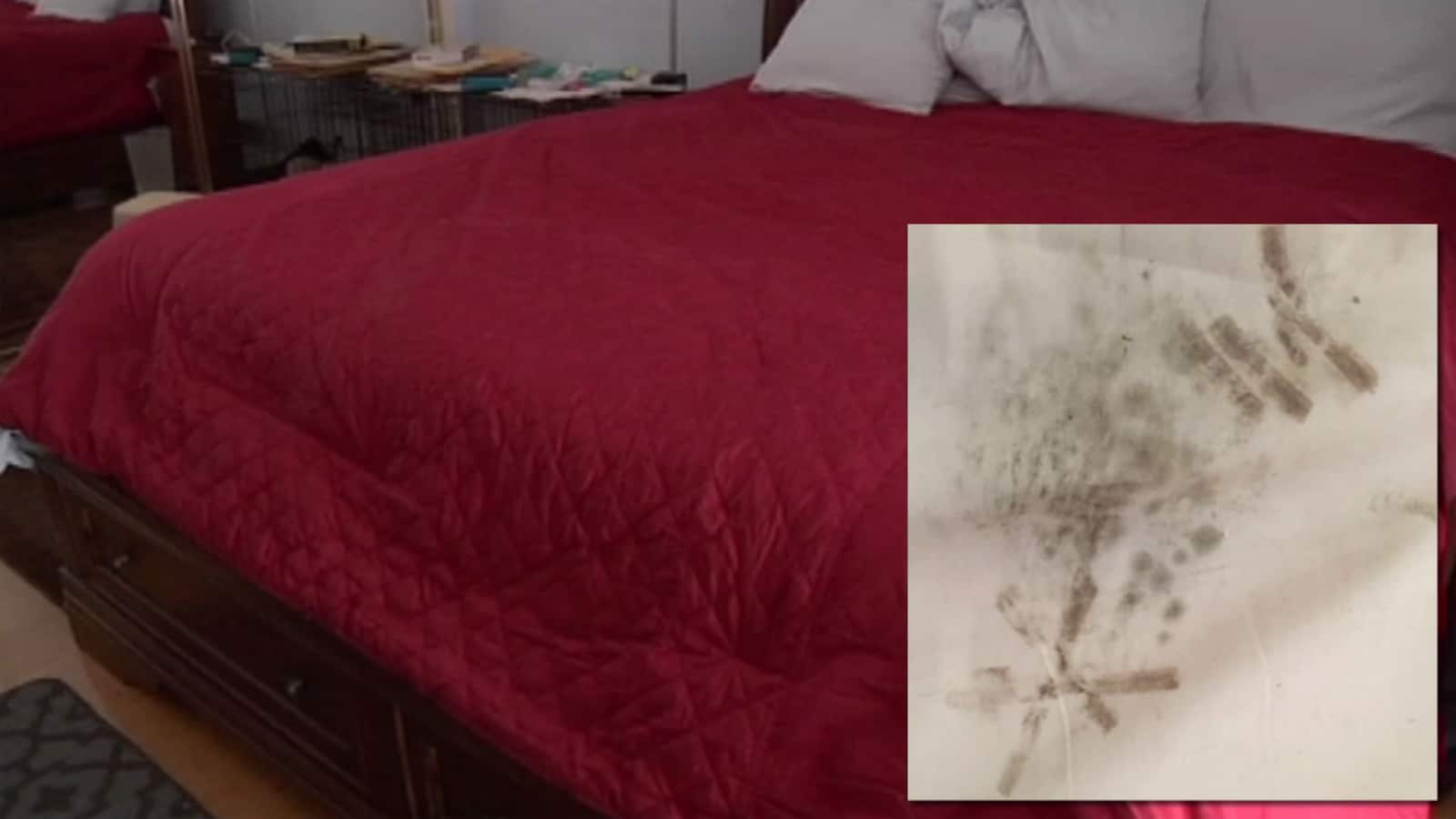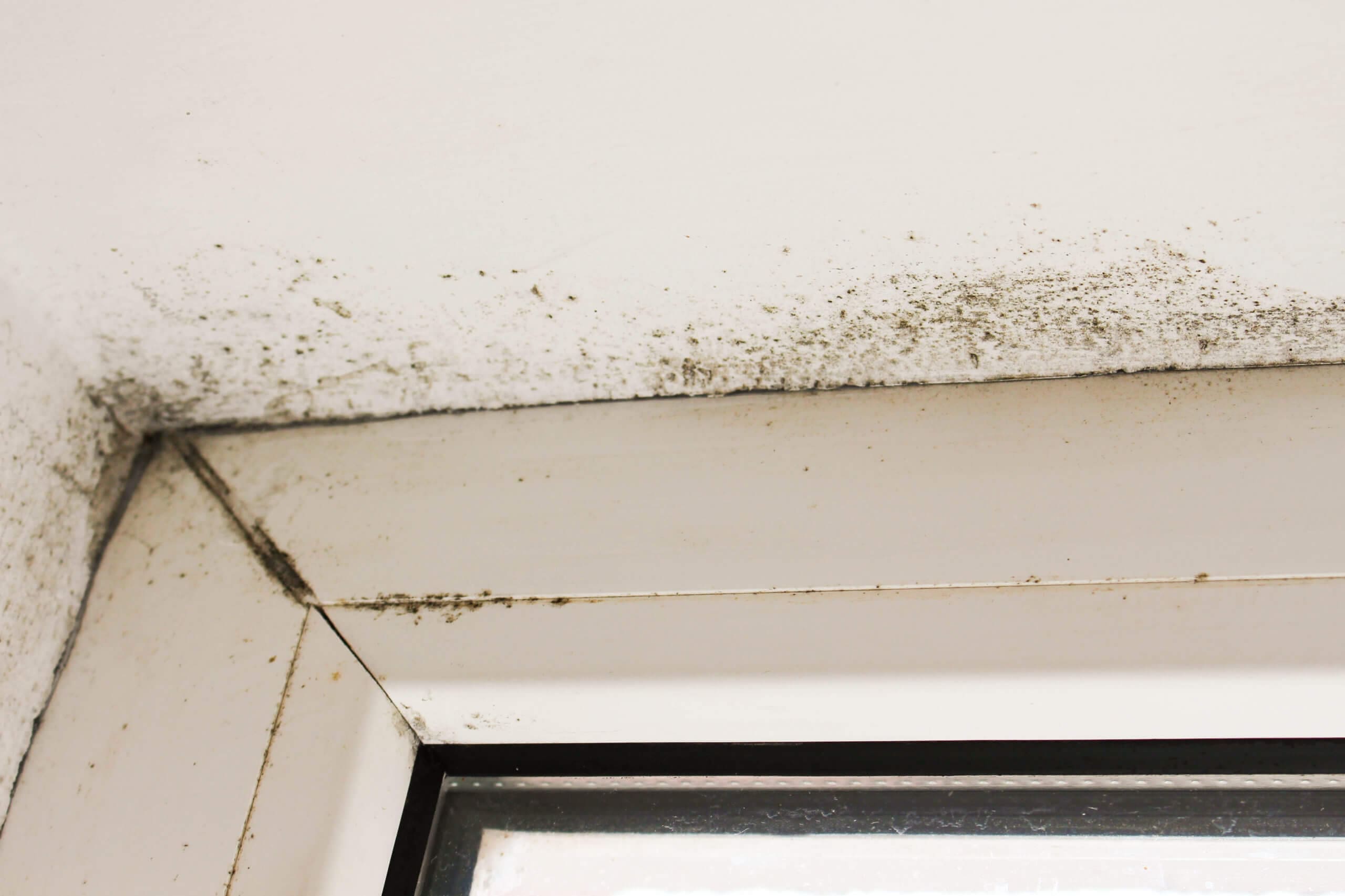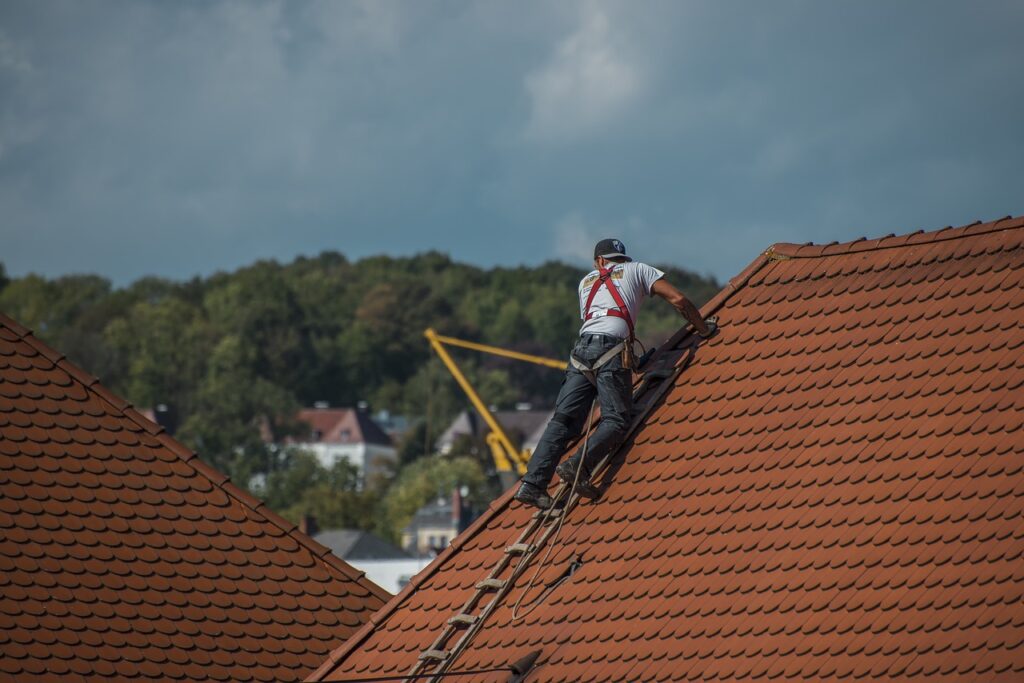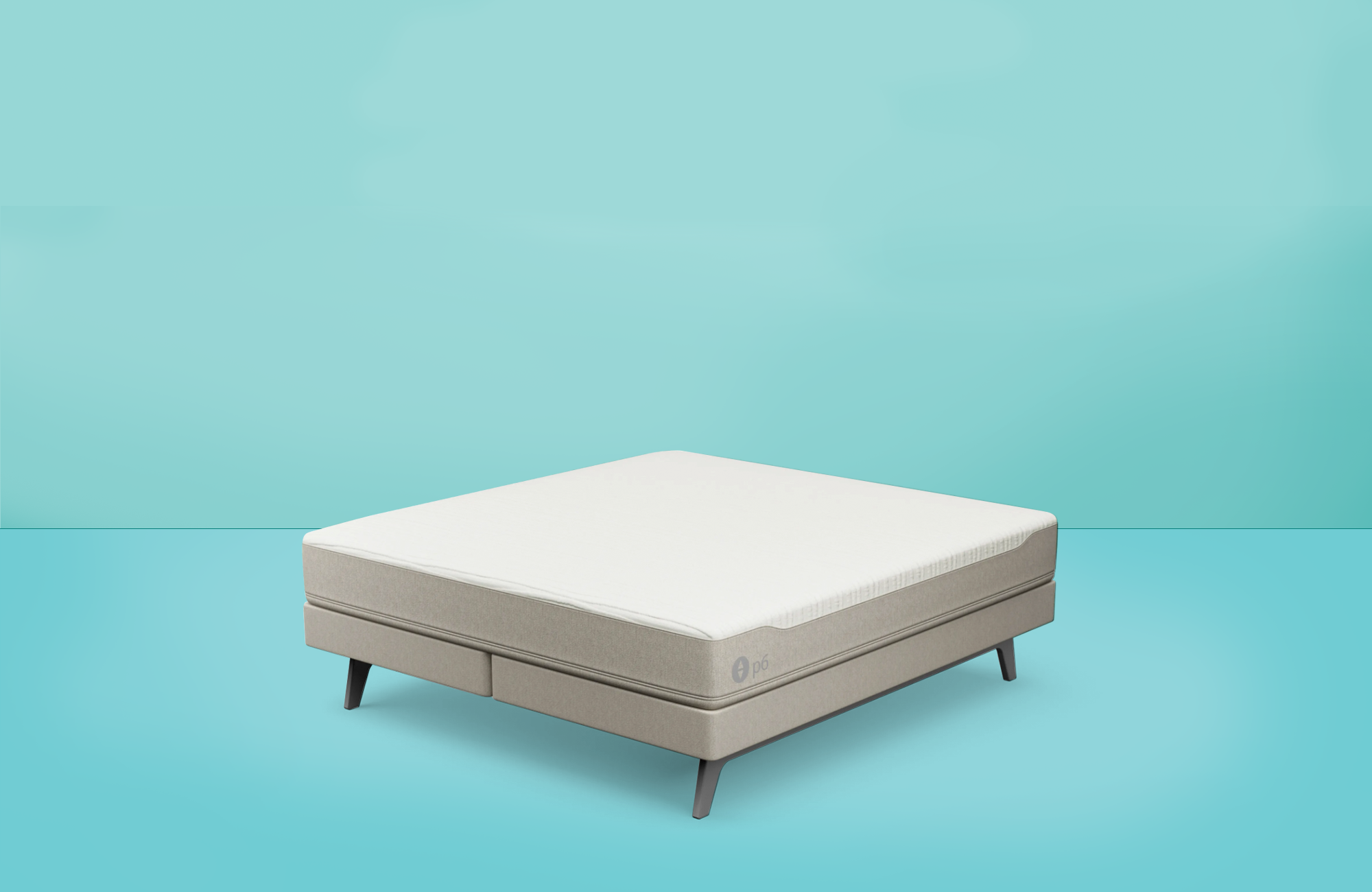How to Prevent Mold on a Latex Mattress
Mold on a latex mattress can be a nightmare for many people. Not only does it look unsightly, but it can also cause health problems if left untreated. Fortunately, there are steps you can take to prevent mold from growing on your latex mattress. Here are some tips to help you keep your mattress mold-free:
1. Keep your mattress dry: Mold thrives in damp and humid environments, so it's important to keep your mattress as dry as possible. This means avoiding spills and accidents, and also ensuring proper ventilation in your bedroom.
2. Use a mattress protector: Investing in a good quality mattress protector can go a long way in preventing mold growth. Not only will it protect your mattress from spills and stains, but it will also create a barrier between your body and the mattress, keeping it dry and mold-free.
3. Rotate and flip your mattress regularly: By rotating and flipping your latex mattress every few months, you can prevent moisture from settling in one spot and creating the perfect environment for mold to grow.
4. Keep your bedroom clean: Dust and dirt can also contribute to mold growth on your mattress. Make sure to regularly clean your bedroom, including vacuuming the floor and wiping down surfaces.
5. Avoid using a plastic cover: While it may seem like a good idea to cover your mattress with a plastic cover for extra protection, it can actually trap moisture and lead to mold growth. Stick to a breathable mattress protector instead.
Latex Mattress Mold: Causes, Prevention, and Treatment
Understanding the causes of mold on latex mattresses can help you prevent it from happening in the first place. Here are some of the common causes of mold growth on latex mattresses:
1. High humidity: As mentioned earlier, mold thrives in damp and humid environments. If your bedroom has high humidity levels, it's important to invest in a dehumidifier to help keep the moisture levels in check.
2. Spills and accidents: If your mattress gets wet from spills or accidents, it's important to dry it out as soon as possible. Leaving it damp can lead to mold growth.
3. Lack of ventilation: Proper ventilation is key to preventing mold growth. Make sure your bedroom has proper air circulation, and consider using a fan or opening a window to help keep your mattress dry.
4. Neglecting cleaning and maintenance: Regularly cleaning and maintaining your latex mattress is crucial in preventing mold growth. Make sure to follow the manufacturer's instructions for care and cleaning, and keep an eye out for any signs of mold.
If you do discover mold on your latex mattress, here are some steps you can take to treat it:
1. Remove the mold: Using a mixture of water and vinegar, gently scrub the affected area to remove the mold. Make sure to wear gloves and a mask to protect yourself from the spores.
2. Dry out the mattress: Once the mold has been removed, make sure to thoroughly dry out the mattress. You can use a hairdryer on a low setting or place the mattress in a well-ventilated area.
3. Use a disinfectant: After the mattress is dry, use a disinfectant spray to kill any remaining mold spores and prevent future growth.
Dealing with Mold on Your Latex Mattress
Discovering mold on your latex mattress can be overwhelming, but it's important to deal with it promptly to prevent it from spreading and causing health issues. Here are some steps you can take to effectively deal with mold on your mattress:
1. Identify the source: Before treating the mold, it's important to identify the source of the moisture. This could be a leaky roof, a damp basement, or even a humidifier in your bedroom.
2. Take precautions: When dealing with mold, it's important to wear protective gear such as gloves and a mask to avoid inhaling spores. If the mold is extensive, it's best to call a professional for help.
3. Clean and dry the mattress: As mentioned earlier, use a mixture of water and vinegar to clean the affected area and make sure to thoroughly dry the mattress to prevent further mold growth.
4. Dispose of the mattress if necessary: In some cases, the mold may be too extensive to effectively remove. If this is the case, it's best to dispose of the mattress to prevent the mold from spreading to other areas of your home.
5 Tips for Cleaning and Maintaining a Latex Mattress
Regular cleaning and maintenance are key to preventing mold growth on your latex mattress. Here are some tips to help you keep your mattress clean and in good condition:
1. Follow the manufacturer's instructions: When it comes to cleaning and maintaining your latex mattress, it's important to follow the manufacturer's instructions. This will ensure you don't accidentally damage the mattress.
2. Use a mattress protector: As mentioned earlier, investing in a good quality mattress protector can go a long way in preventing mold growth. Make sure to choose one that is breathable and waterproof.
3. Vacuum regularly: Vacuuming your mattress regularly can help remove dust and dirt that can contribute to mold growth. Use the upholstery attachment and make sure to get into all the crevices.
4. Air out the mattress: Every time you change your sheets, take the opportunity to air out your mattress by leaving it uncovered for a few hours. This will help keep it dry and fresh.
5. Inspect regularly: Make it a habit to regularly inspect your latex mattress for any signs of mold. This will allow you to catch it early and prevent it from spreading.
Understanding the Causes of Mold on Latex Mattresses
Now that you know how to prevent and treat mold on your latex mattress, it's important to understand the causes of mold growth. Here are some of the main reasons why mold may develop on your mattress:
1. Improper storage: If you are storing your latex mattress in a damp or humid area, it can lead to mold growth. Make sure to store it in a dry and well-ventilated space.
2. Old or damaged mattress: A mattress that is old or has damage such as tears or holes can trap moisture and lead to mold growth. It's important to replace your mattress when it becomes worn out.
3. Allergens and dust mites: Mold isn't the only thing that can cause health issues. Allergens and dust mites can also thrive in a damp environment and can trigger allergies and asthma. Keeping your mattress clean and dry can help prevent these issues.
The Dangers of Mold on Your Latex Mattress and How to Get Rid of It
Mold on your latex mattress can pose a number of dangers to your health and well-being. Here are some of the risks associated with mold growth on your mattress:
1. Allergic reactions: Mold can trigger allergic reactions such as sneezing, coughing, and itchy eyes. Those with asthma or respiratory issues may experience more severe symptoms.
2. Respiratory issues: Breathing in mold spores can also lead to respiratory issues such as wheezing, chest tightness, and difficulty breathing.
3. Skin irritation: Mold can also cause skin irritation and rashes, especially for those with sensitive skin.
If you discover mold on your latex mattress, make sure to follow the steps mentioned earlier to effectively get rid of it and prevent it from coming back.
Latex Mattress Care: How to Prevent and Remove Mold
Caring for your latex mattress properly is key to preventing mold growth. Here are some more tips to help you keep your mattress clean and mold-free:
1. Don't eat or drink on the bed: Spills and crumbs can attract mold and bacteria, so it's best to avoid eating or drinking on your mattress.
2. Don't wet-clean the mattress: Wet cleaning your latex mattress can lead to moisture getting trapped inside and causing mold. Stick to dry cleaning methods or spot cleaning with a mild detergent and water.
3. Use a deodorizer: If your mattress starts to develop an unpleasant smell, you can use a deodorizer specifically designed for mattresses to help freshen it up.
4. Check the warranty: If you do discover mold on your latex mattress, check the manufacturer's warranty to see if they cover mold and what steps you need to take.
What to Do if You Discover Mold on Your Latex Mattress
Even with proper prevention measures, mold may still develop on your latex mattress. If you do discover mold, here are some steps you can take to effectively remove it:
1. Remove the mattress cover: If your mattress has a removable cover, take it off and launder it according to the manufacturer's instructions.
2. Vacuum the mattress: Use a vacuum with a HEPA filter to thoroughly vacuum the mattress and remove any loose mold spores.
3. Clean the affected area: Use a mixture of water and vinegar to clean the affected area, then use a disinfectant spray to kill any remaining mold spores.
4. Dry the mattress: Make sure to thoroughly dry the mattress before putting the cover back on or using it.
If the mold persists or the mattress is severely damaged, it's best to dispose of it and invest in a new one to ensure your health and well-being.
How to Properly Store a Latex Mattress to Prevent Mold Growth
If you need to store your latex mattress for a period of time, it's important to do so properly to prevent mold growth. Here are some tips for storing your mattress:
1. Clean and dry the mattress: Before storing your mattress, make sure to clean and thoroughly dry it to prevent mold growth during storage.
2. Use a mattress bag: Invest in a mattress bag specifically designed for storage. This will help keep your mattress clean and protected from dust and moisture.
3. Store in a dry and well-ventilated area: Make sure to store your mattress in a dry and well-ventilated area, away from any potential sources of moisture.
4. Check on the mattress periodically: It's a good idea to check on your stored mattress every few months to make sure it's still in good condition and hasn't developed mold.
The Importance of Regularly Inspecting Your Latex Mattress for Mold
Regularly inspecting your latex mattress for mold is crucial in catching it early and preventing it from spreading and causing health issues. Here are some reasons why you should make it a habit to inspect your mattress:
1. Early detection: Catching mold early can help prevent it from spreading and causing more damage to your mattress.
2. Health concerns: Mold can have serious health implications, so catching it early can help prevent any health issues for you and your family.
3. Maintenance and care: Regular inspections can help you identify any areas of your mattress that may need extra care or cleaning, helping to prolong its lifespan.
Mold on a latex mattress can be a frustrating and potentially dangerous problem, but with proper prevention and maintenance, you can keep your mattress clean and mold-free for a comfortable and healthy sleep. Remember to regularly inspect and clean your mattress, and take prompt action if you do discover mold. With these tips, you can say goodbye to mold and hello to a fresh and clean latex mattress.
Mold Problems with Latex Mattresses: Causes and Solutions

What Causes Mold Growth on Latex Mattresses?
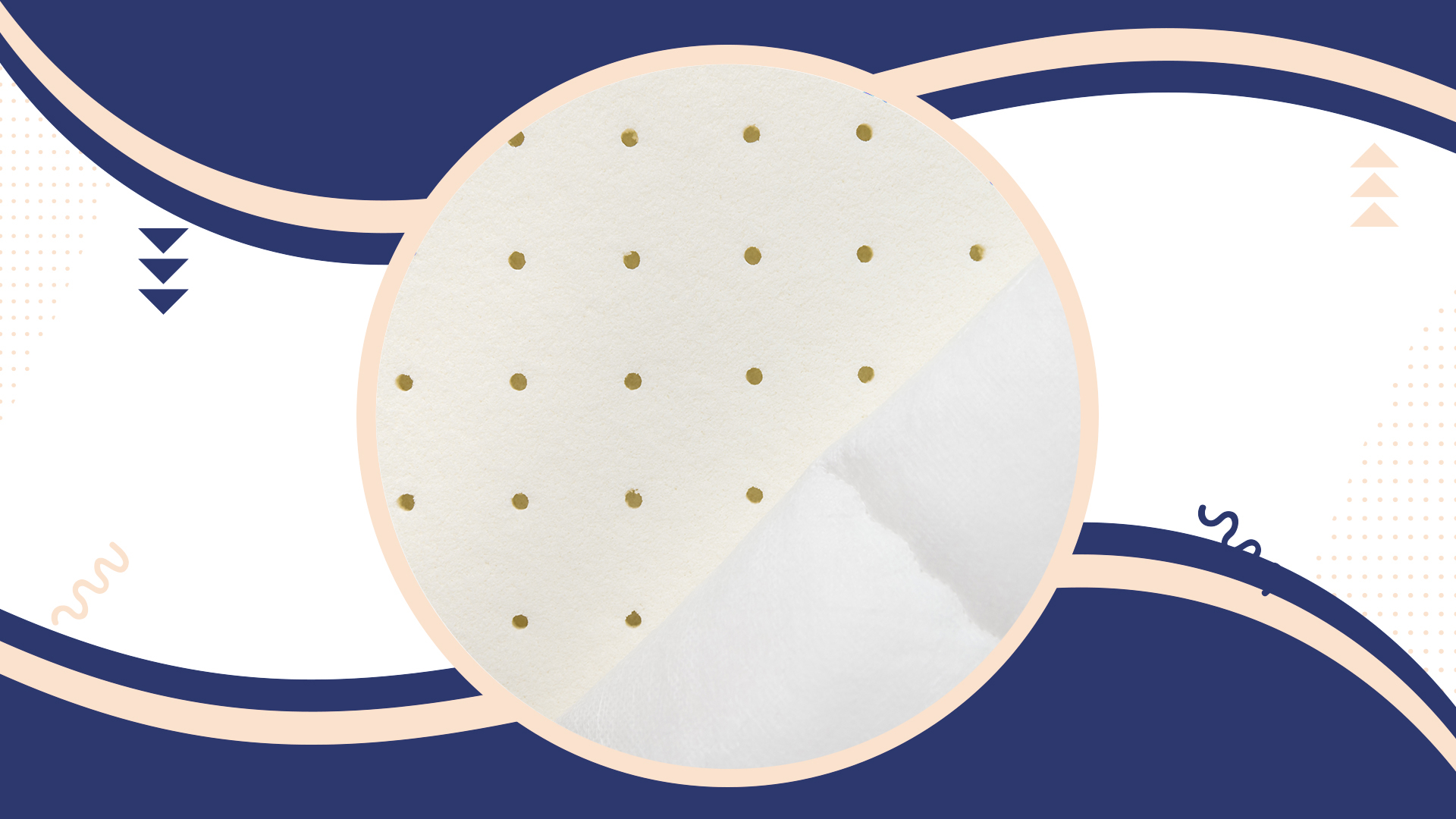 One of the main reasons for mold growth on latex mattresses is moisture. Latex is a naturally porous material and can absorb moisture from the air, causing it to become damp. This dampness creates the perfect environment for mold to grow. Additionally, if the mattress is not properly ventilated, moisture can also accumulate from sweat and other bodily fluids, leading to mold growth.
Furthermore, if the room where the latex mattress is placed has high humidity levels, it can also contribute to mold growth. This is especially true in areas with warm and humid climates, as the moisture in the air can easily seep into the mattress.
One of the main reasons for mold growth on latex mattresses is moisture. Latex is a naturally porous material and can absorb moisture from the air, causing it to become damp. This dampness creates the perfect environment for mold to grow. Additionally, if the mattress is not properly ventilated, moisture can also accumulate from sweat and other bodily fluids, leading to mold growth.
Furthermore, if the room where the latex mattress is placed has high humidity levels, it can also contribute to mold growth. This is especially true in areas with warm and humid climates, as the moisture in the air can easily seep into the mattress.
Solutions to Prevent Mold Growth on Latex Mattresses
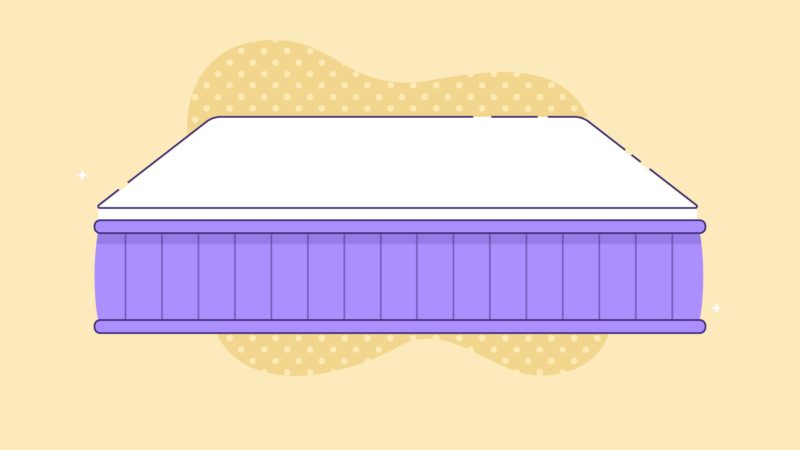 The first step to preventing mold growth on your latex mattress is to ensure proper ventilation. This can be achieved by regularly airing out the mattress, especially after sleeping on it. You can also invest in a mattress protector that is breathable and allows for air circulation.
Another solution is to control the humidity levels in the room where the mattress is placed. You can do this by using a dehumidifier or keeping the room well-ventilated. Additionally, using a fan or air conditioner can help reduce moisture in the air.
It is also important to keep your latex mattress clean and dry. In case of any spills or accidents, make sure to clean and dry the affected area immediately. You can also use a mild detergent and warm water to clean the mattress and then let it air dry completely before putting on bedding.
Lastly, regular maintenance and proper care can go a long way in preventing mold growth on your latex mattress. This includes flipping and rotating the mattress every few months to even out wear and tear and reduce the risk of moisture buildup.
In conclusion, mold growth on latex mattresses can be a common problem, but it can be prevented with proper care and maintenance. By ensuring proper ventilation, controlling humidity levels, and keeping the mattress clean and dry, you can enjoy the benefits of a comfortable and mold-free latex mattress in your home.
The first step to preventing mold growth on your latex mattress is to ensure proper ventilation. This can be achieved by regularly airing out the mattress, especially after sleeping on it. You can also invest in a mattress protector that is breathable and allows for air circulation.
Another solution is to control the humidity levels in the room where the mattress is placed. You can do this by using a dehumidifier or keeping the room well-ventilated. Additionally, using a fan or air conditioner can help reduce moisture in the air.
It is also important to keep your latex mattress clean and dry. In case of any spills or accidents, make sure to clean and dry the affected area immediately. You can also use a mild detergent and warm water to clean the mattress and then let it air dry completely before putting on bedding.
Lastly, regular maintenance and proper care can go a long way in preventing mold growth on your latex mattress. This includes flipping and rotating the mattress every few months to even out wear and tear and reduce the risk of moisture buildup.
In conclusion, mold growth on latex mattresses can be a common problem, but it can be prevented with proper care and maintenance. By ensuring proper ventilation, controlling humidity levels, and keeping the mattress clean and dry, you can enjoy the benefits of a comfortable and mold-free latex mattress in your home.


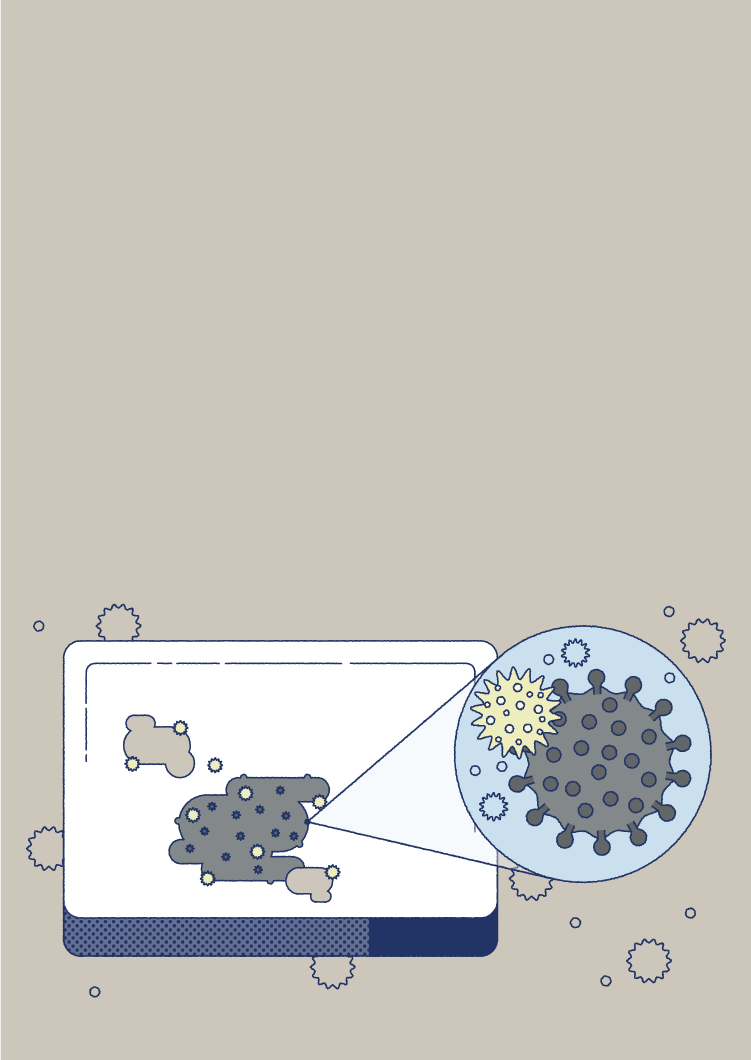



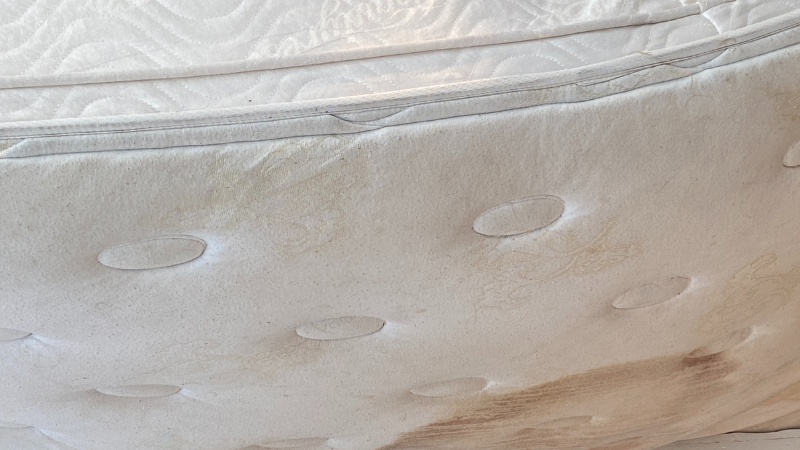
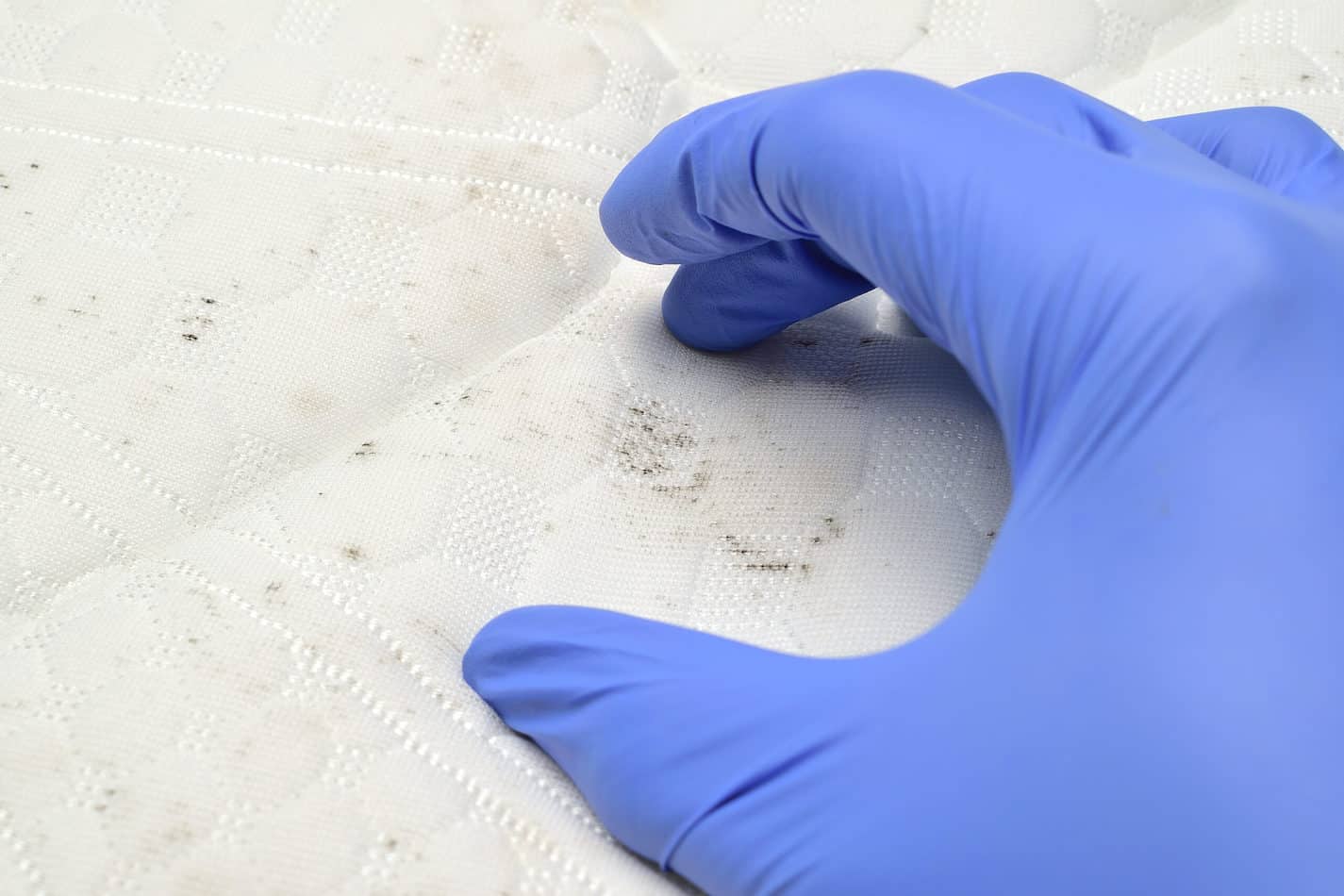
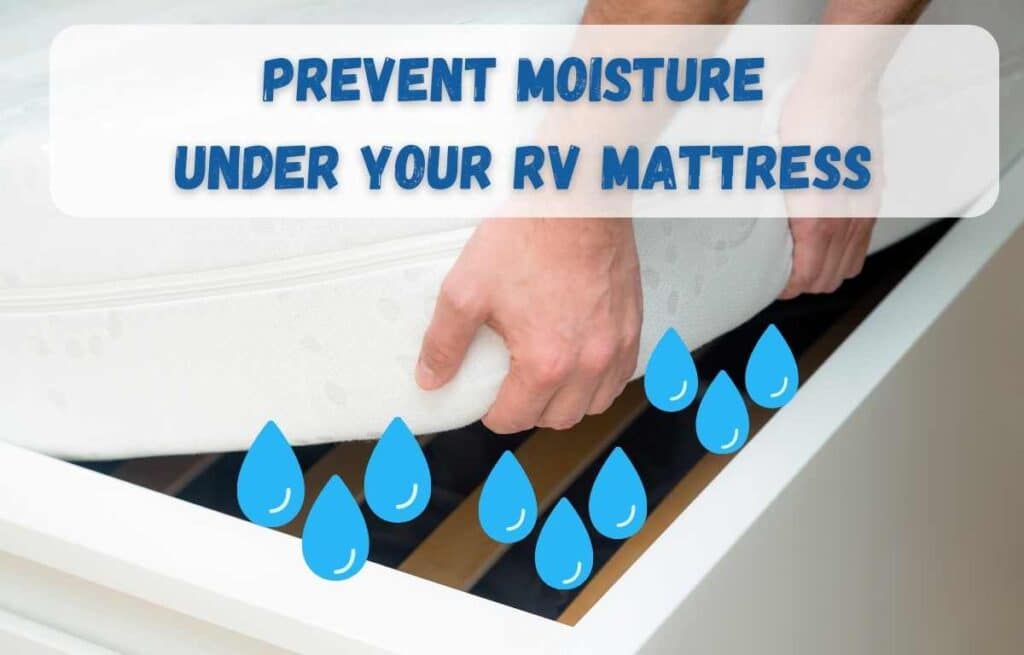

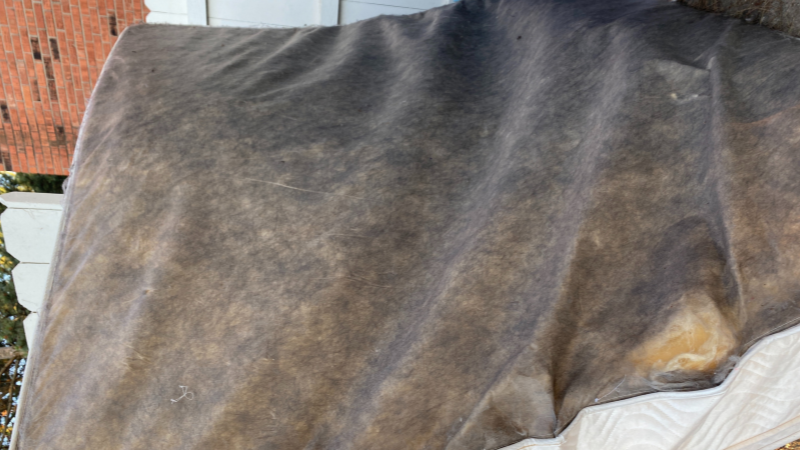





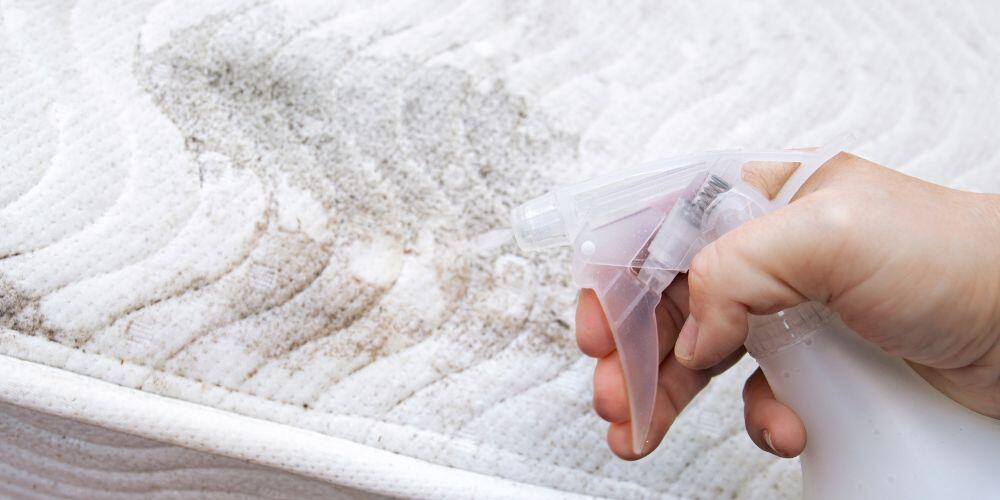
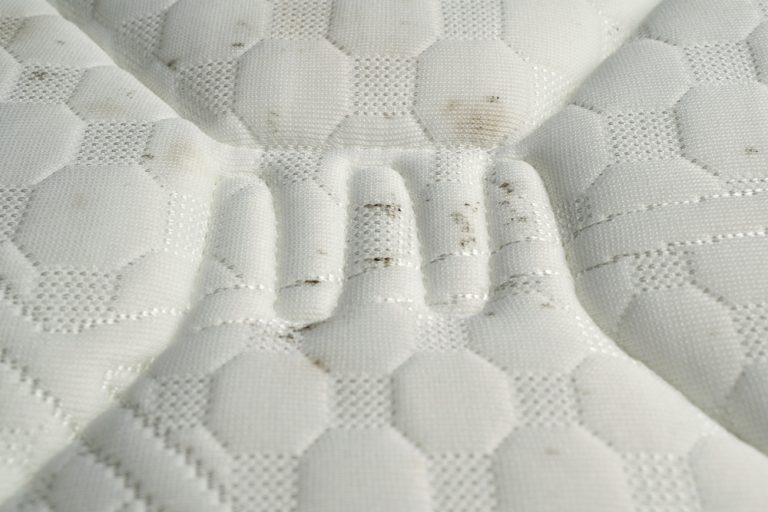

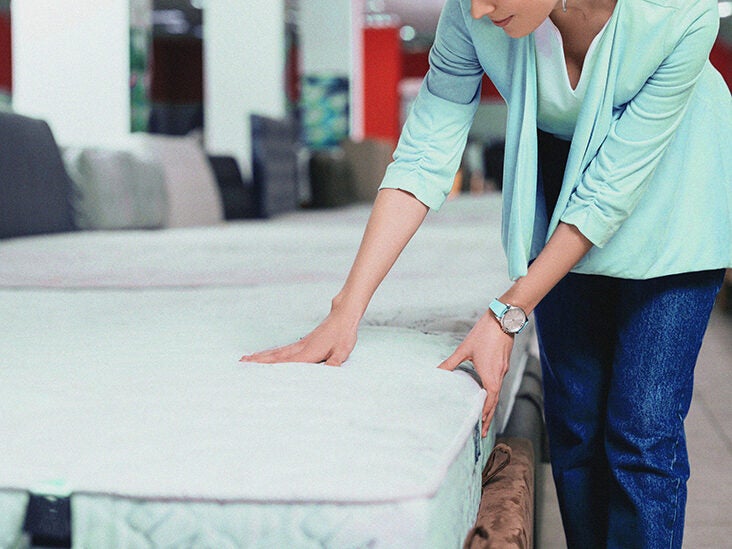
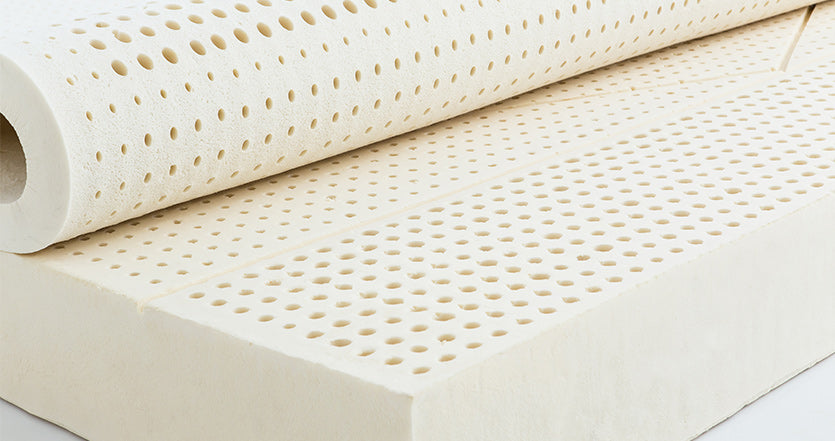
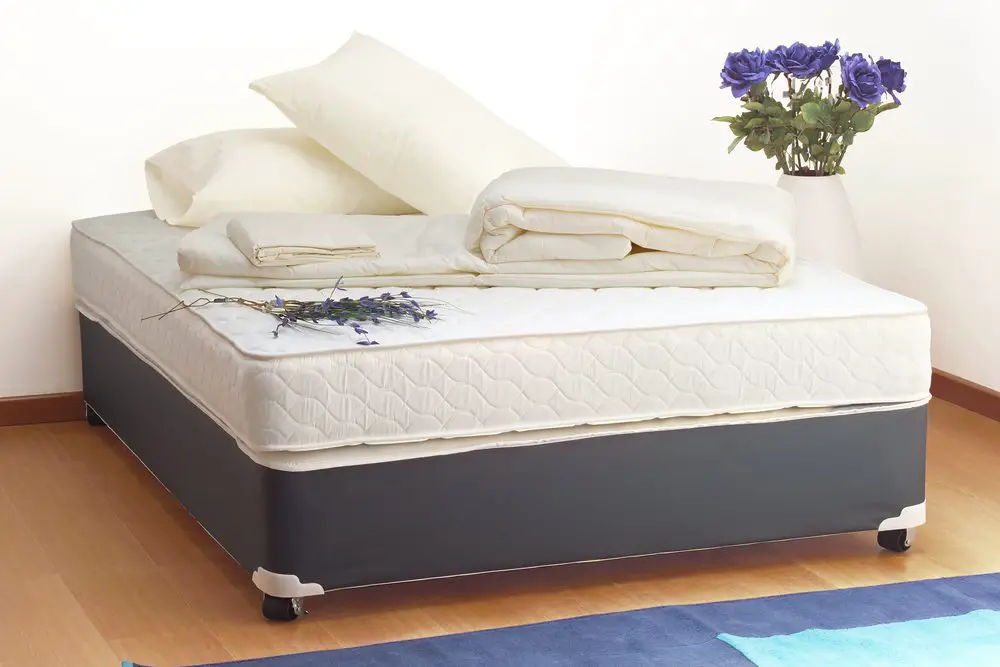

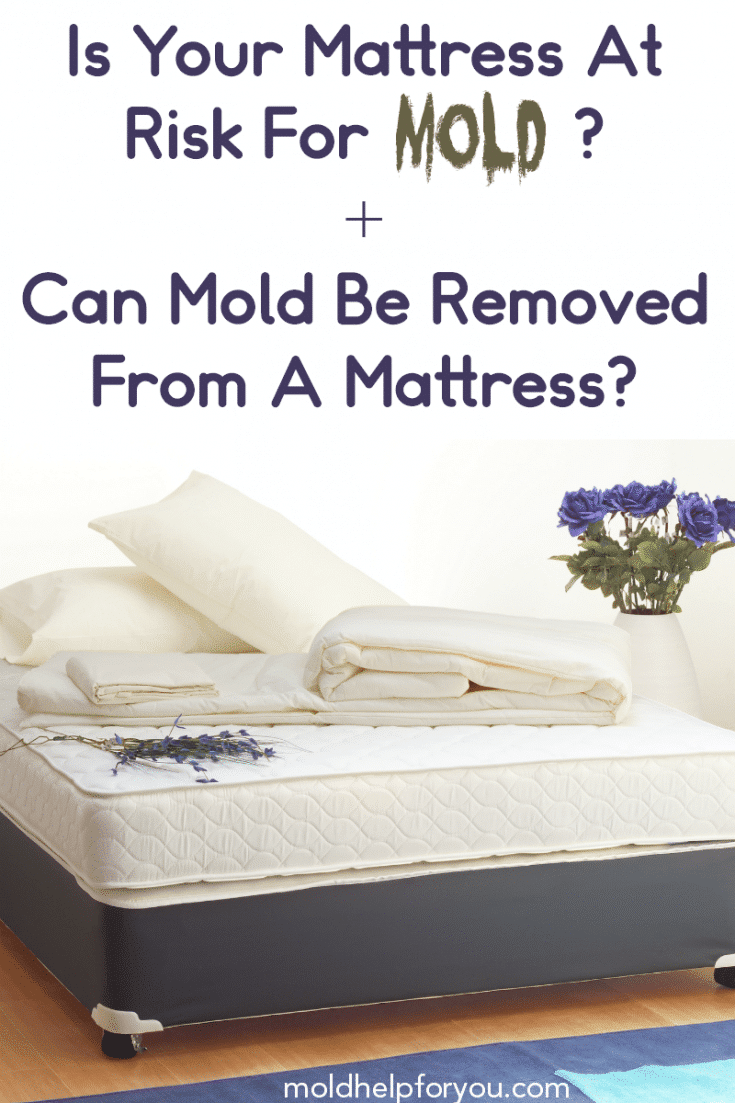

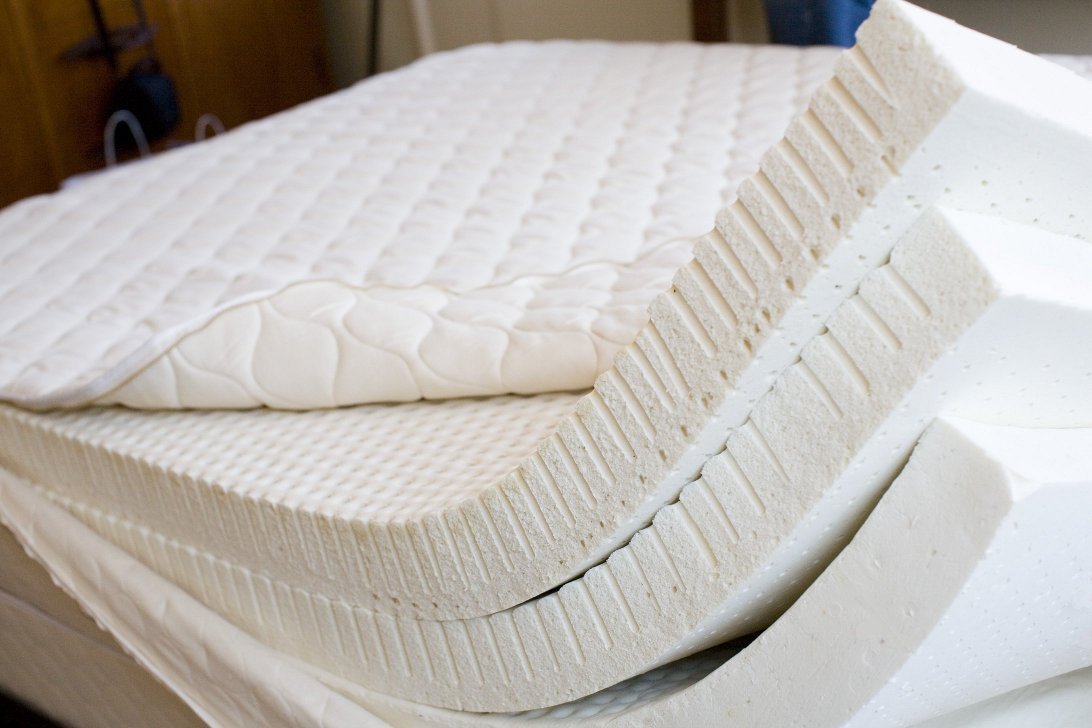







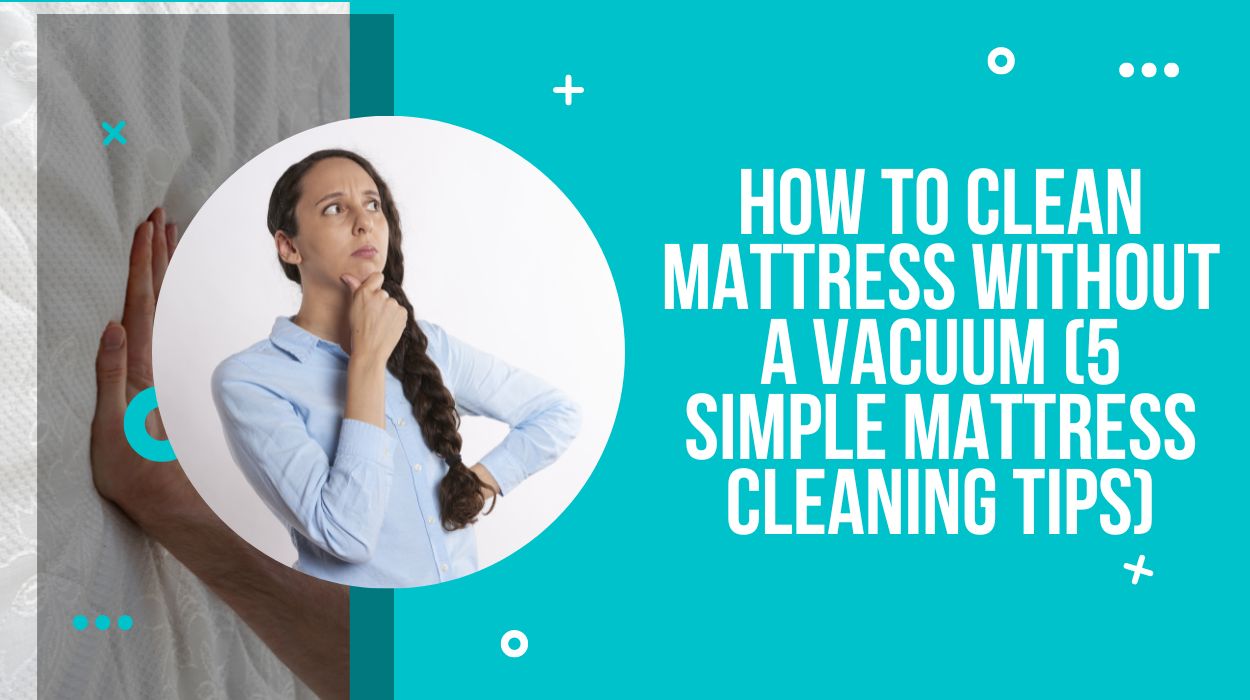

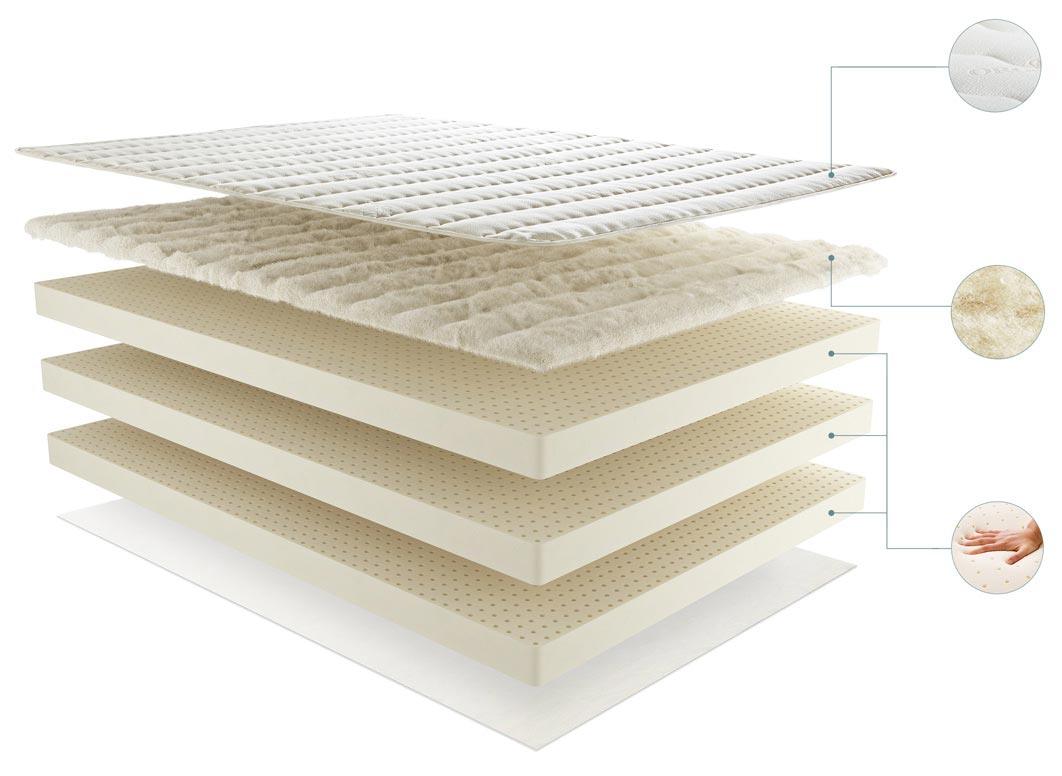




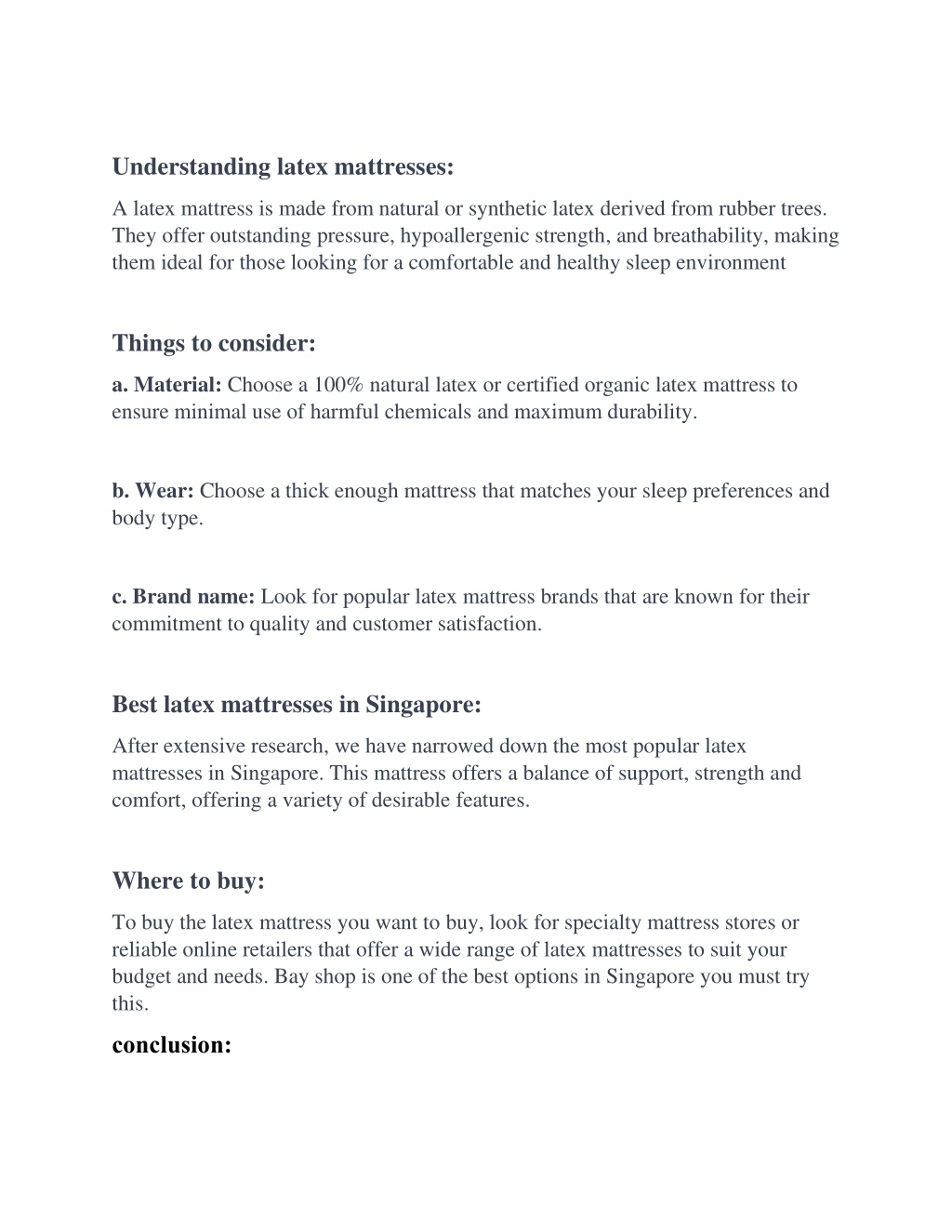






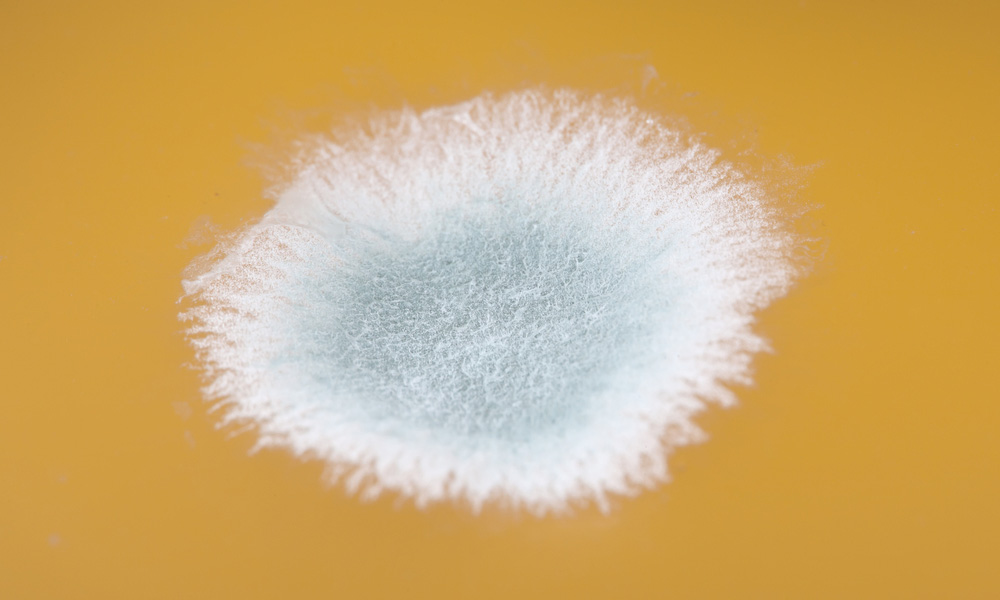


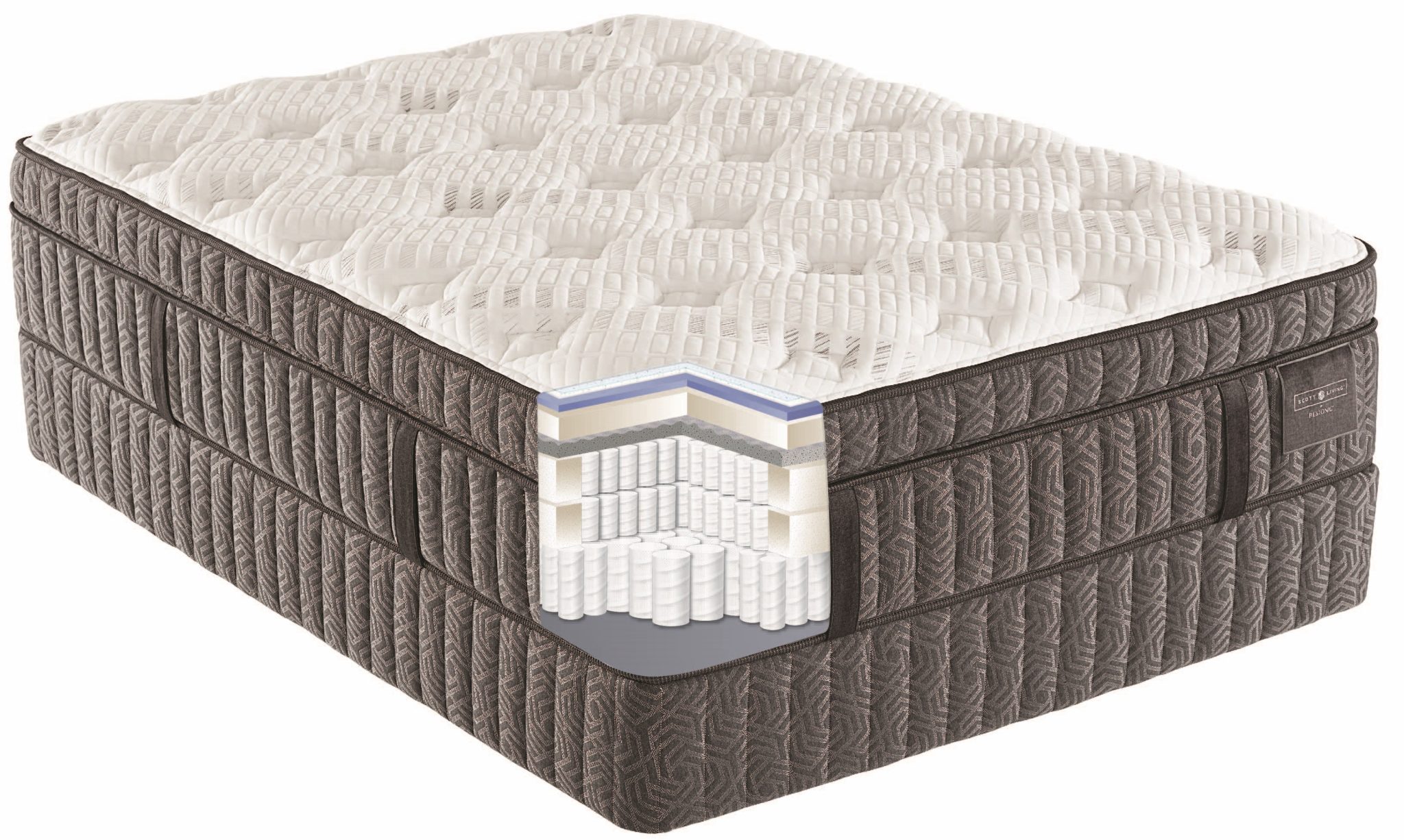









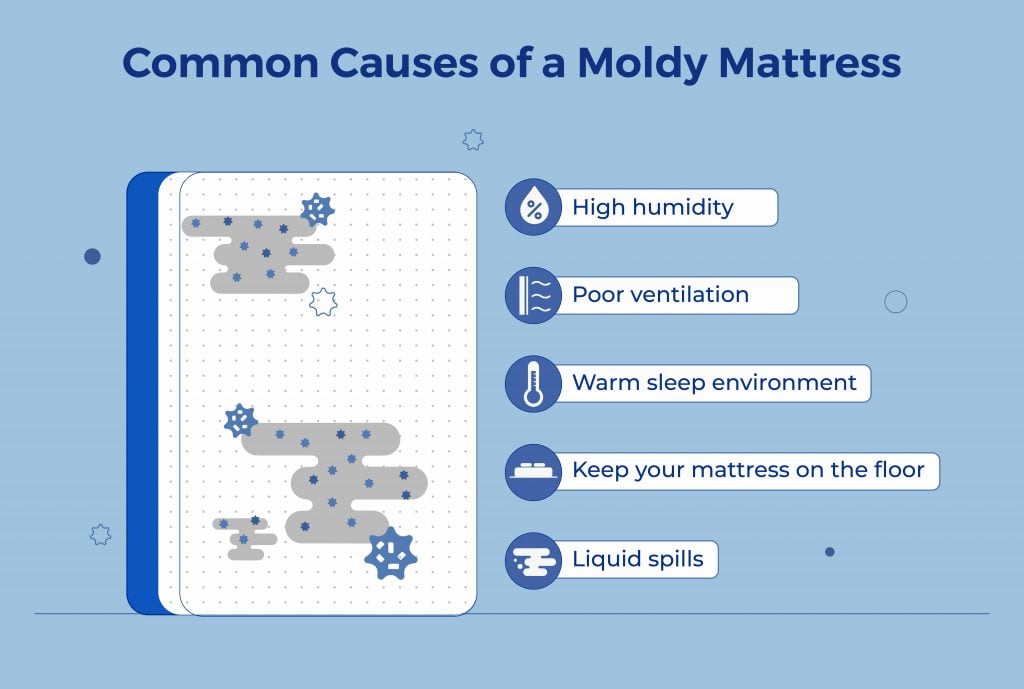

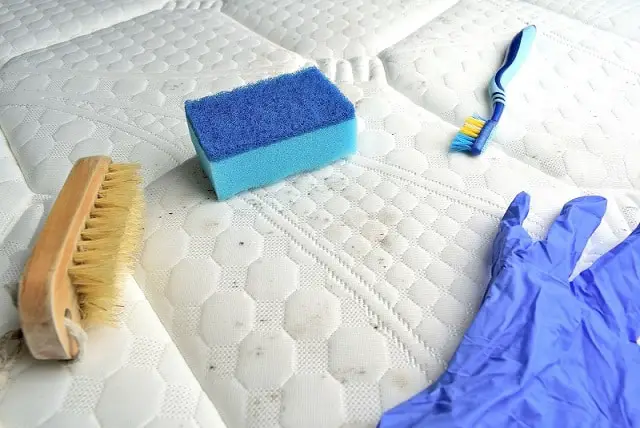
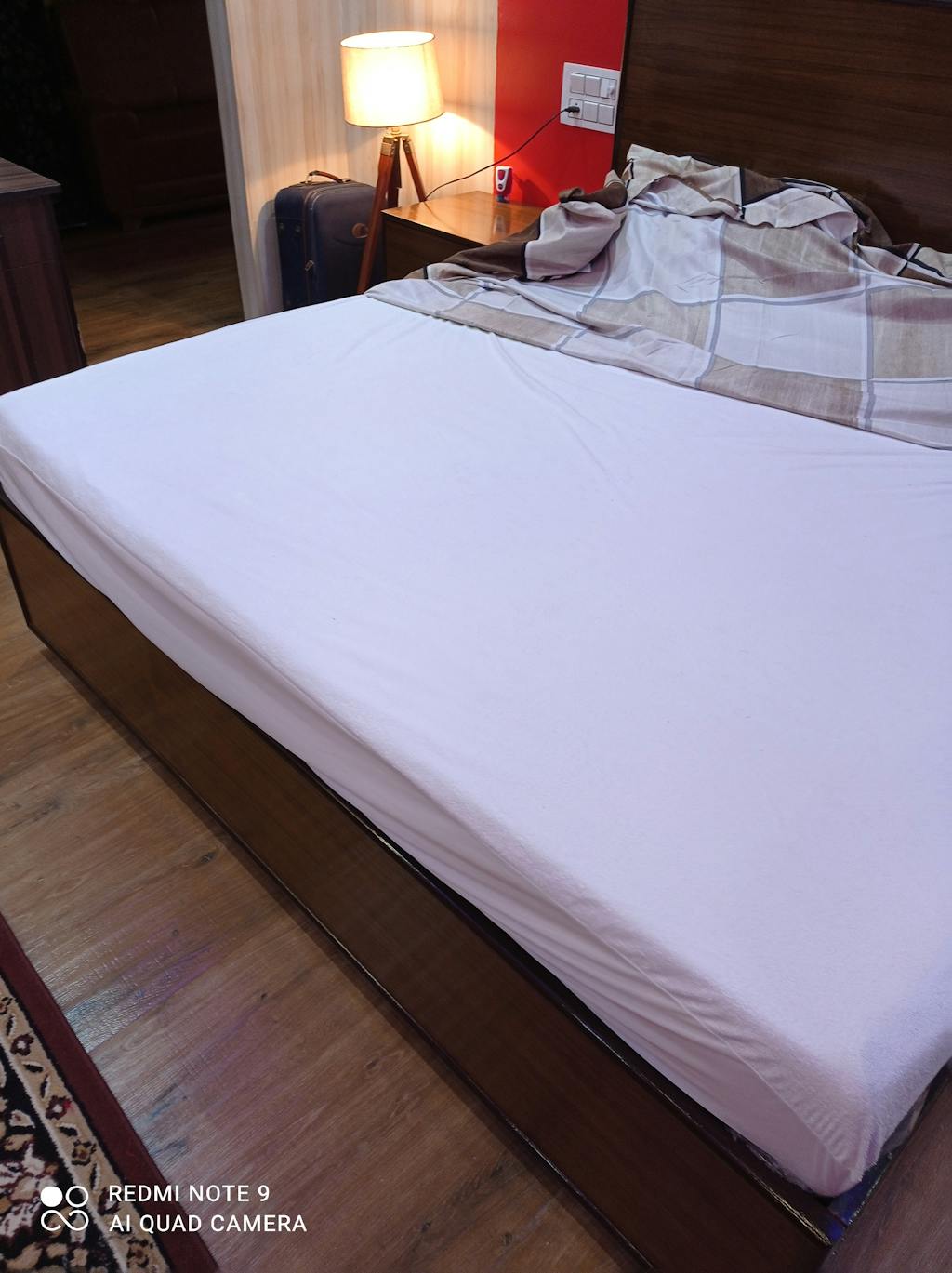

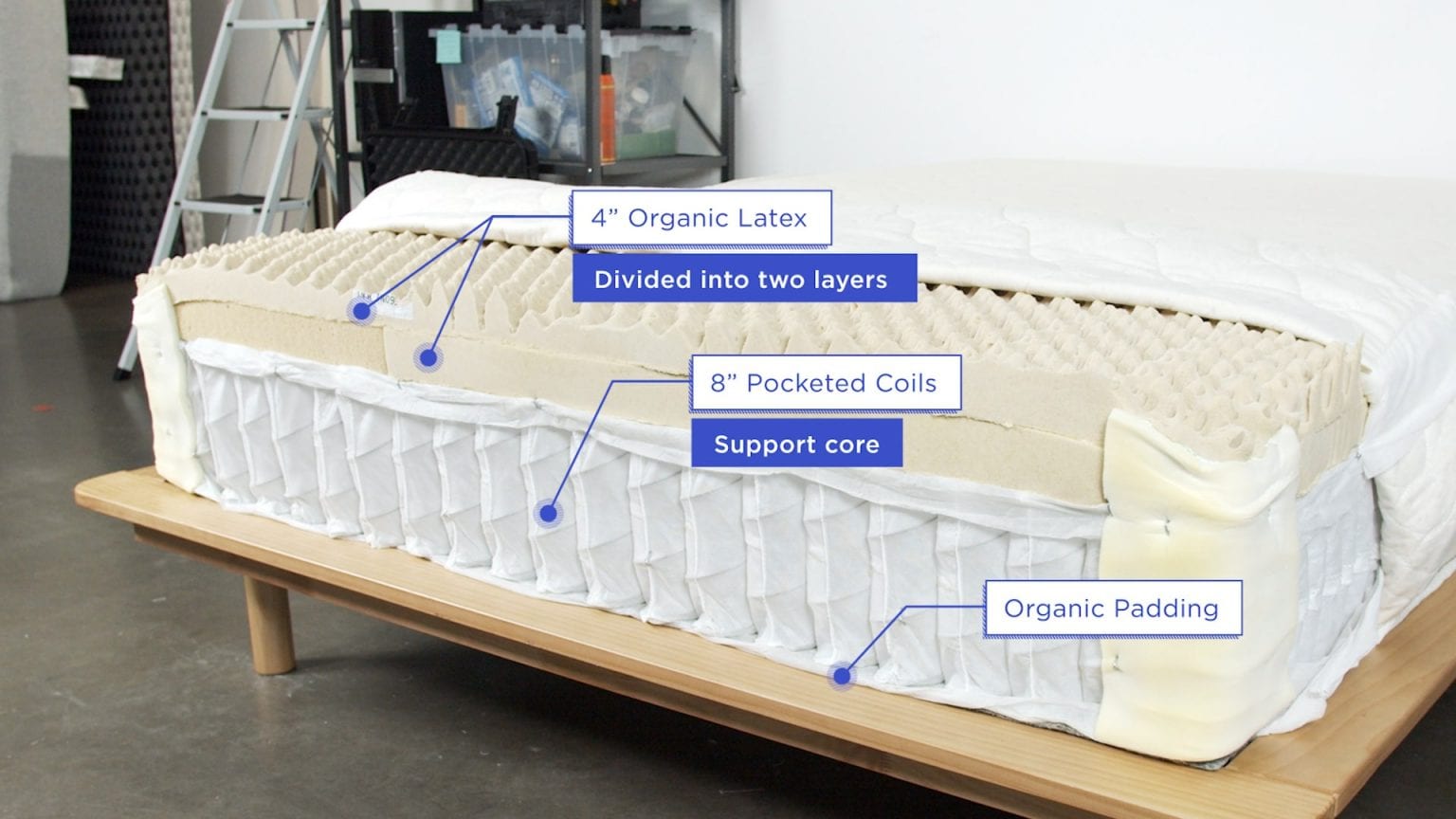


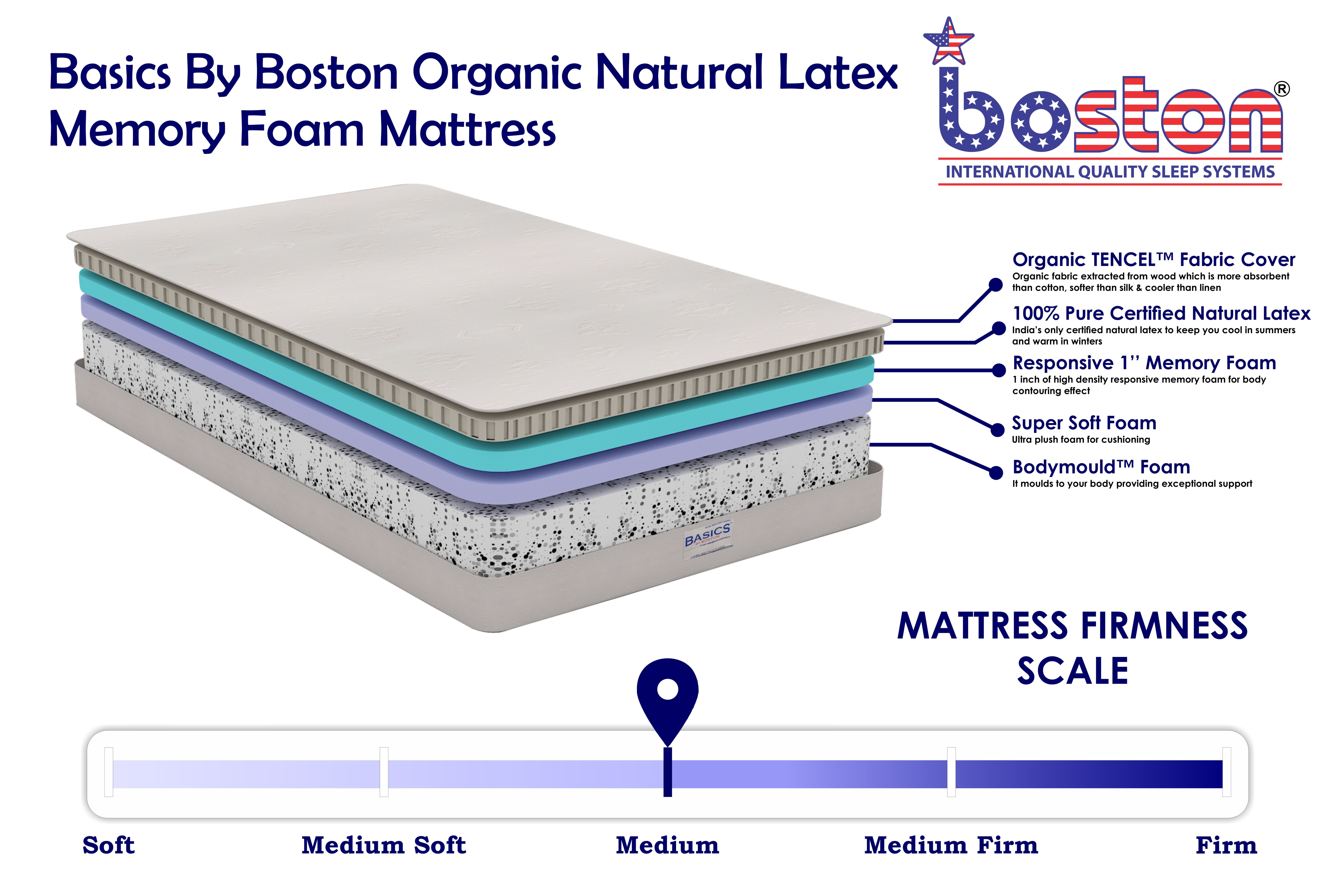




.png)
